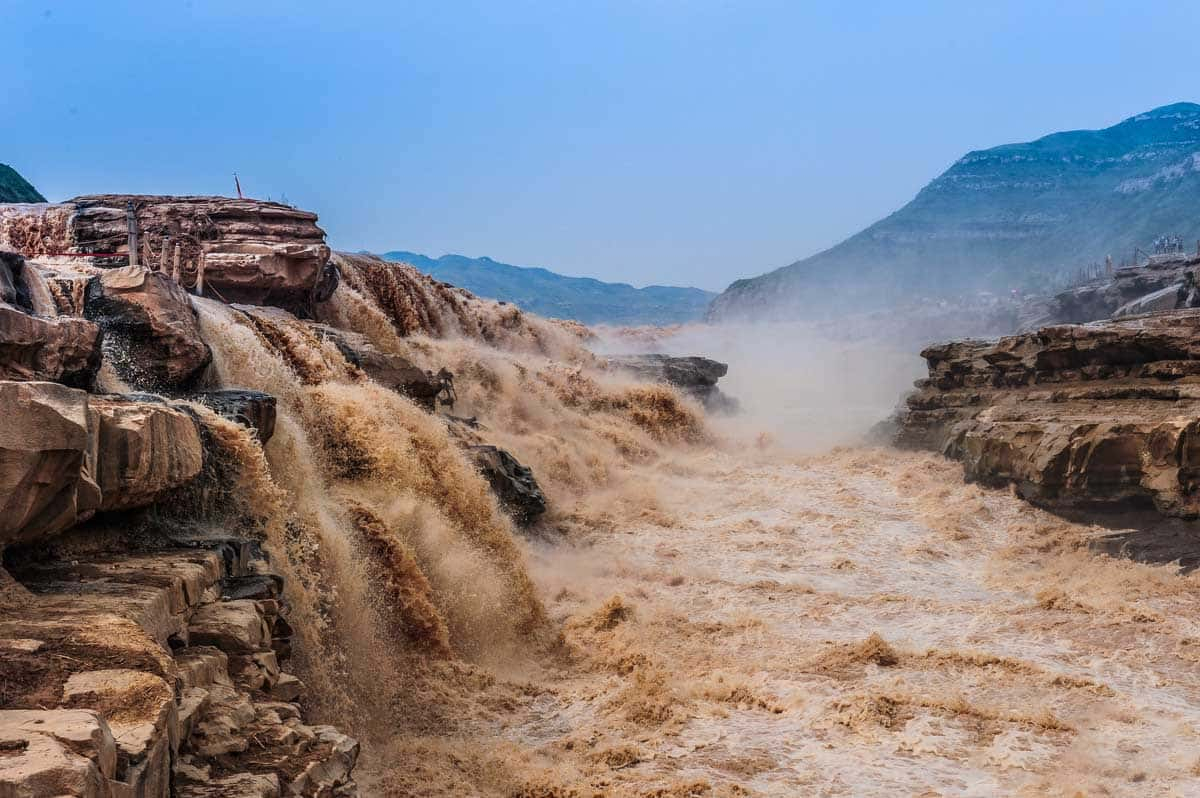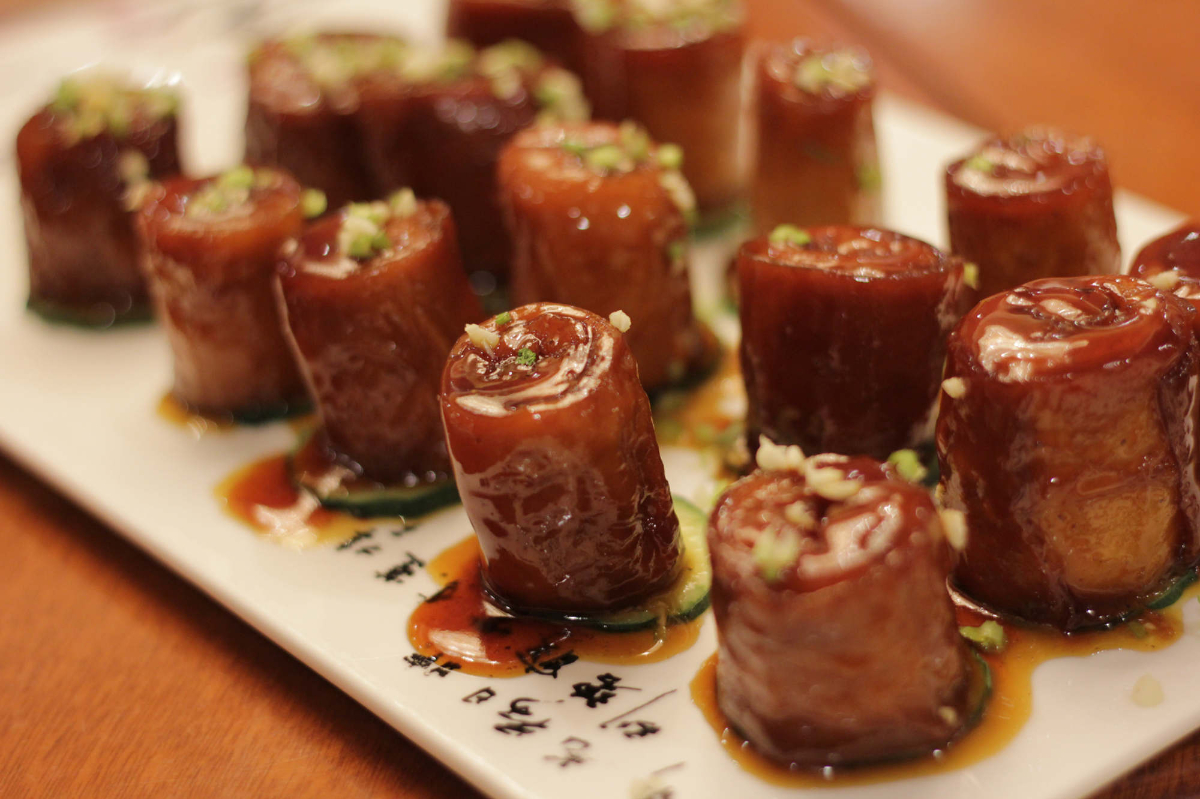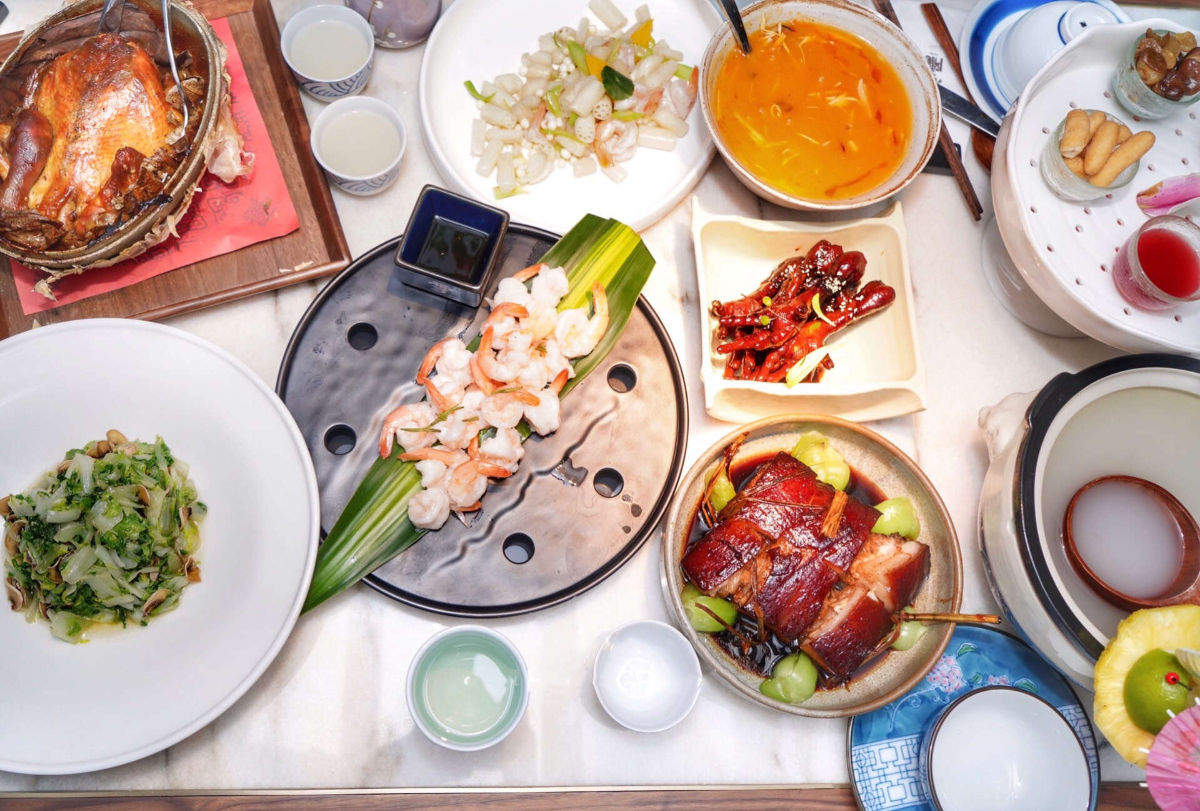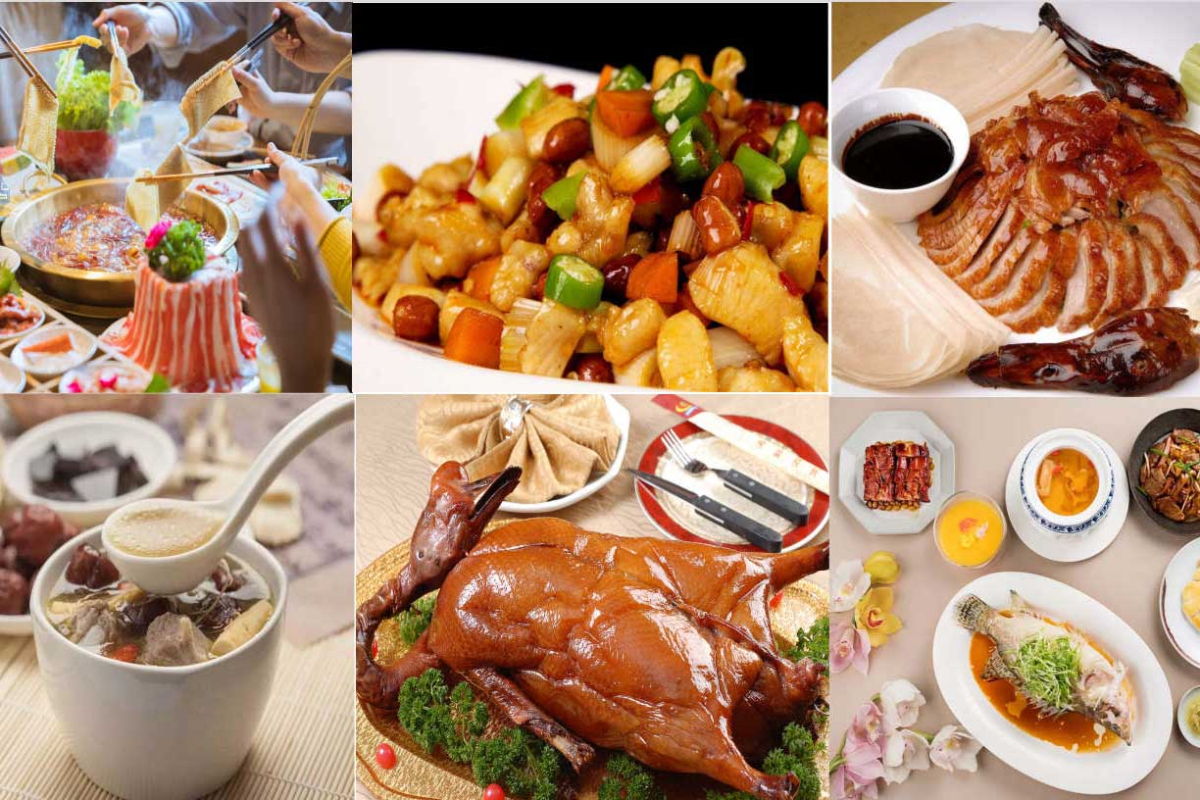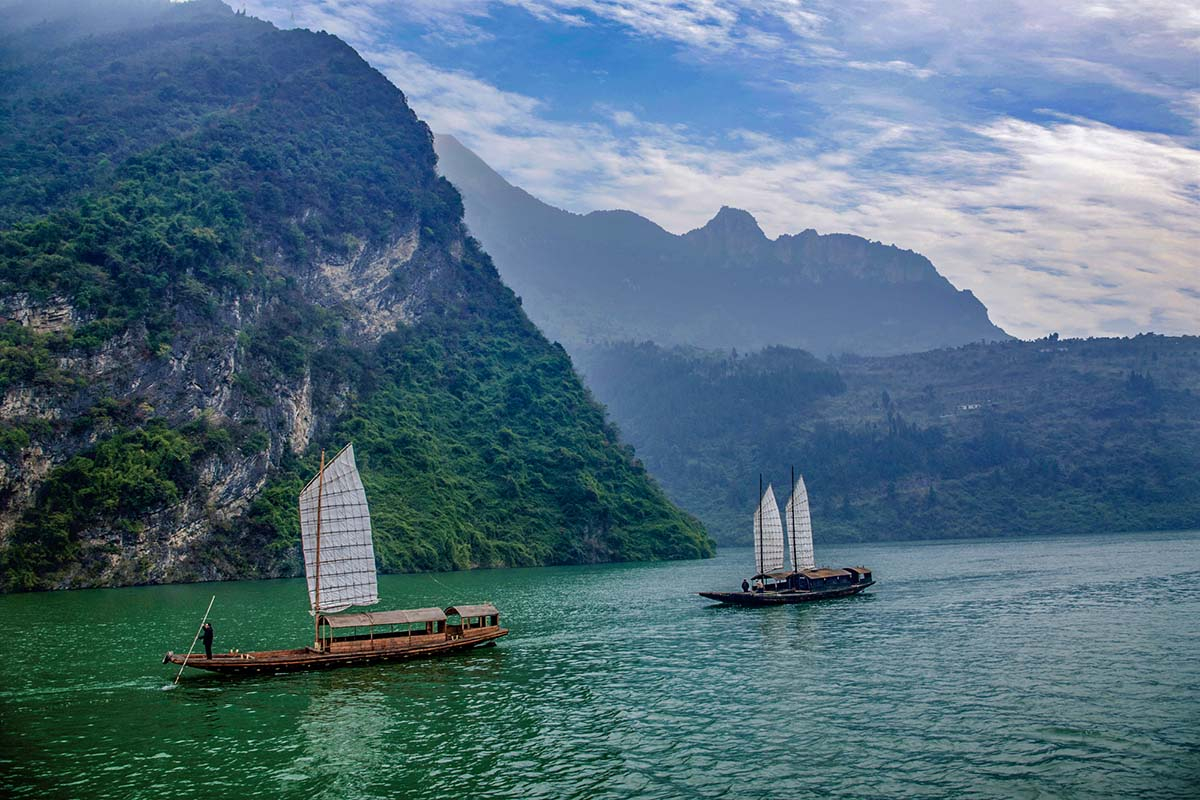The History of Tang Dynasty
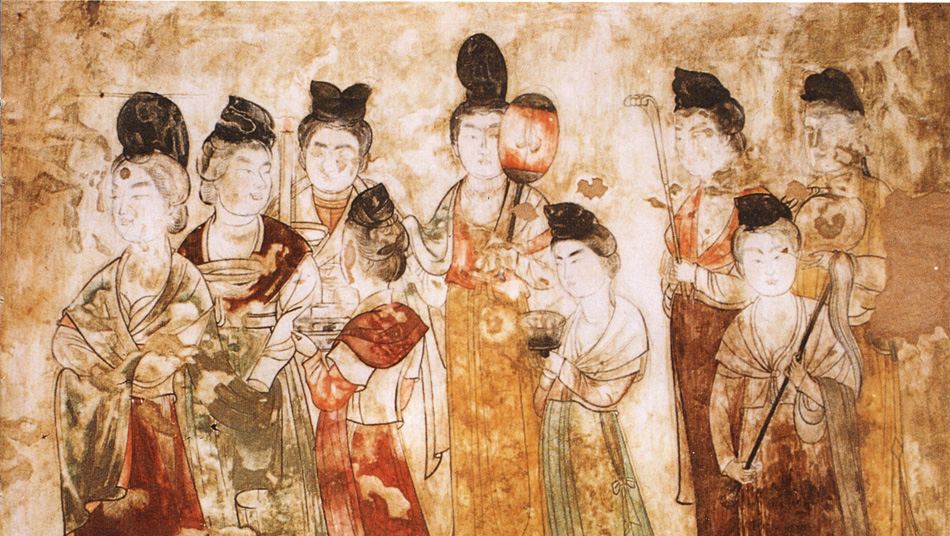
The Tang Dynasty is considered a golden age of Chinese arts and culture. In power from 618 to 906 A.D., Tang China attracted an international reputation that spilled out of its cities and, through the practice of Buddhism, spread its culture across much of Asia.The Tang dynasty or the Tang Empire was an imperial dynasty of China that ruled from 618 to 907, with an interregnum between 690 and 705. It was preceded by the Sui dynasty and followed by the Five Dynasties and Ten Kingdoms period in Chinese history.
Historians generally regard the Tang as a high point in Chinese civilization, and a golden age of cosmopolitan culture.Tang territory, acquired through the military campaigns of its early rulers, rivaled that of the Han dynasty. The Tang capital at Chang'an (present-day Xi'an) was the most populous city in the world in its day.
The Li family (李) founded the dynasty, seizing power during the decline and collapse of the Sui Empire. The dynasty was interrupted for 15 years when Empress Wu Zetian seized the throne, proclaiming the Wu Zhou dynasty and becoming the only legitimate Chinese empress regnant. In two censuses of the 7th and 8th centuries, the Tang records estimated the population by number of registered households at about 50 million people. Yet, even when the central government was breaking down and unable to compile an accurate census of the population in the 9th century, it is estimated that the population had grown by then to about 80 million people.
With its large population base, the dynasty was able to raise professional and conscripted armies of hundreds of thousands of troops to contend with nomadic powers in dominating Inner Asia and the lucrative trade-routes along the Silk Road. Various kingdoms and states paid tribute to the Tang court, while the Tang also conquered or subdued several regions which it indirectly controlled through a protectorate system. Besides political hegemony, the Tang also exerted a powerful cultural influence over neighboring East Asian states such as those in Japan and Korea.
The Tang dynasty was largely a period of progress and stability in the first half of the dynasty's rule, until the devastating An Lushan Rebellion (755–763) and the decline of central authority in the later half of the dynasty. Like the previous Sui dynasty, the Tang dynasty maintained a civil-service system by recruiting scholar-officials through standardized examinations and recommendations to office. The rise of regional military governors known as jiedushi during the 9th century undermined this civil order.
Chinese culture flourished and further matured during the Tang era; it is traditionally considered the greatest age for Chinese poetry. Two of China's most famous poets, Li Bai and Du Fu, belonged to this age, as did many famous painters such as Han Gan, Zhang Xuan, and Zhou Fang. Scholars of this period compiled a rich variety of historical literature, as well as encyclopedias and geographical works. The adoption of the title Khan of Heaven by the Tang emperor Taizong in addition to his title as emperor was eastern Asia's first "simultaneous kingship".
● Economy
Through use of the land trade along the Silk Road and maritime trade by sail at sea, the Tang were able to acquire and gain many new technologies, cultural practices, rare luxury, and contemporary items. From Europe, the Middle East, Central and South Asia, the Tang dynasty were able to acquire new ideas in fashion, new types of ceramics, and improved silver-smithing techniques. The Tang Chinese also gradually adopted the foreign concept of stools and chairs as seating, whereas the Chinese beforehand always sat on mats placed on the floor. In the Middle East, the Islamic world coveted and purchased in bulk Chinese goods such as silks, lacquerwares, and porcelain wares. Songs, dances, and musical instruments from foreign regions became popular in China during the Tang dynasty.These musical instruments included oboes, flutes, and small lacquered drums from Kucha in the Tarim Basin, and percussion instruments from India such as cymbals. At the court there were nine musical ensembles (expanded from seven in the Sui dynasty) representing music from throughout Asia.
There was great contact and interest in India as a hub for Buddhist knowledge, with famous travelers such as Xuanzang (d. 664) visiting the South Asian state. After a 17-year-long trip, Xuanzang managed to bring back valuable Sanskrit texts to be translated into Chinese. There was also a Turkic–Chinese dictionary available for serious scholars and students, while Turkic folksongs gave inspiration to some Chinese poetry. In the interior of China, trade was facilitated by the Grand Canal and the Tang government's rationalization of the greater canal system that reduced costs of transporting grain and other commodities. The state also managed roughly 32,100 km (19,900 mi) of postal service routes by horse or boat.
● Religion and politics
Emperor Xuanzong of Tang giving audience to Zhang Guo, by Ren Renfa (1254–1327).
From the outset, religion played a role in Tang politics. In his bid for power, Li Yuan had attracted a following by claiming descent from the Daoist sage Laozi (fl. 6th century bc). People bidding for office would have monks from Buddhist temples pray for them in public in return for cash donations or gifts if the person was selected. Before the persecution of Buddhism in the 9th century, Buddhism and Daoism were accepted side by side, and Emperor Xuanzong (r. 712–756) invited monks and clerics of both religions to his court. At the same time Xuanzong exalted the ancient Laozi by granting him grand titles, wrote commentary on the Daoist Laozi, set up a school to prepare candidates for examinations on Daoist scriptures, and called upon the Indian monk Vajrabodhi (671–741) to perform Tantric rites to avert a drought in the year 726. In 742 Emperor Xuanzong personally held the incense burner during a ceremony led by Amoghavajra (705–774, patriarch of the Shingon school) reciting "mystical incantations to secure the victory of Tang forces."
While religion played a role in politics, politics also played a role in religion. In the year 714, Emperor Xuanzong forbade shops and vendors in the city of Chang'an to sell copied Buddhist sutras, instead giving the Buddhist clergy of the monasteries the sole right to distribute sutras to the laity. In the previous year of 713, Emperor Xuanzong had liquidated the highly lucrative Inexhaustible Treasury, which was run by a prominent Buddhist monastery in Chang'an. This monastery collected vast amounts of money, silk, and treasures through multitudes of anonymous people's repentances, leaving the donations on the monastery's premise. Although the monastery was generous in donations, Emperor Xuanzong issued a decree abolishing their treasury on grounds that their banking practices were fraudulent, collected their riches, and distributed the wealth to various other Buddhist monasteries and Daoist abbeys, and to repair statues, halls, and bridges in the city.
● Art
Both the Sui and Tang Dynasties had turned away from the more feudal culture of the preceding Northern Dynasties, in favor of staunch civil Confucianism. The governmental system was supported by a large class of Confucian intellectuals selected through either civil service examinations or recommendations. In the Tang period, Daoism and Buddhism reigned as core ideologies as well, and played a large role in people's daily lives. The Tang Chinese enjoyed feasting, drinking, holidays, sports, and all sorts of entertainment, while Chinese literature blossomed and was more widely accessible with new printing methods.
